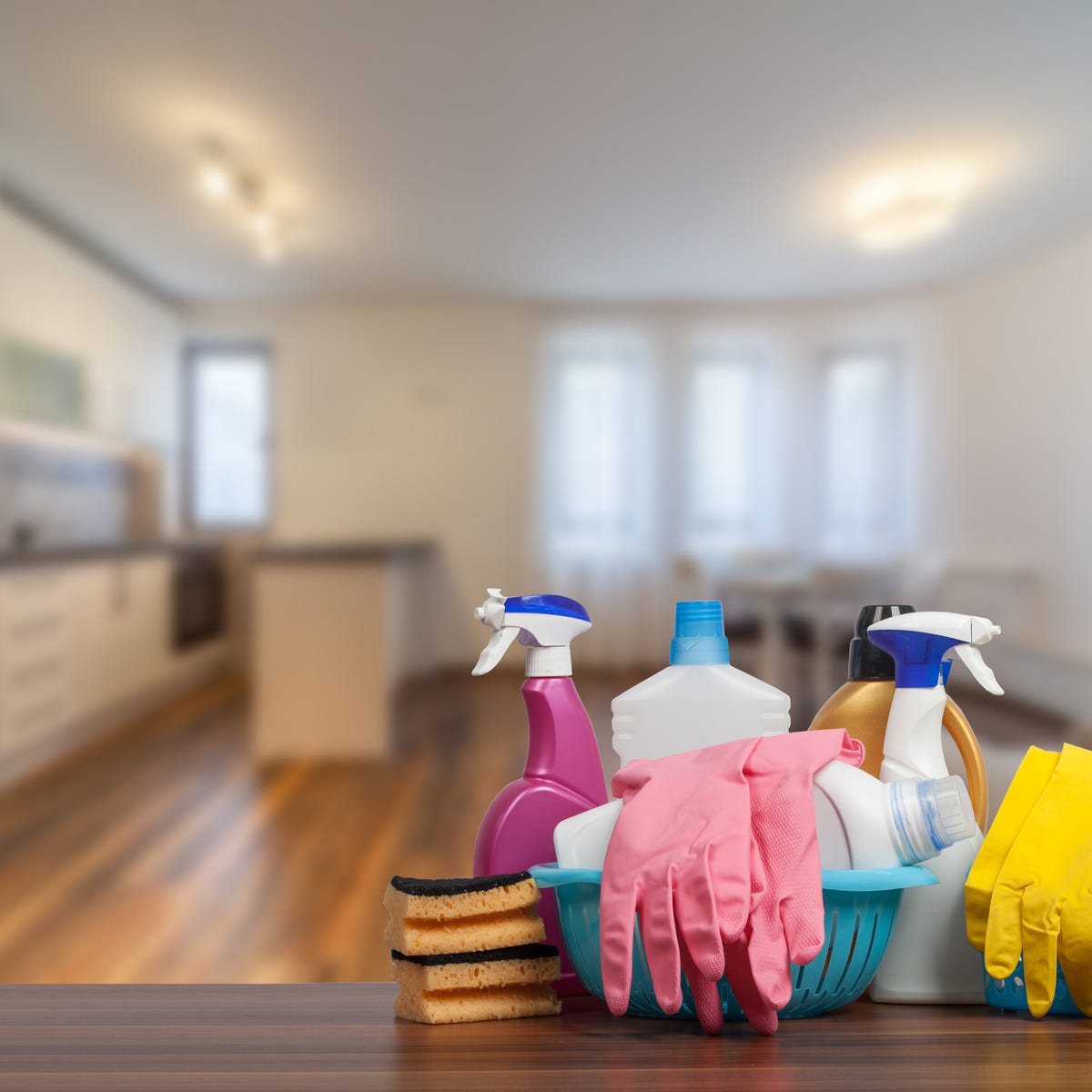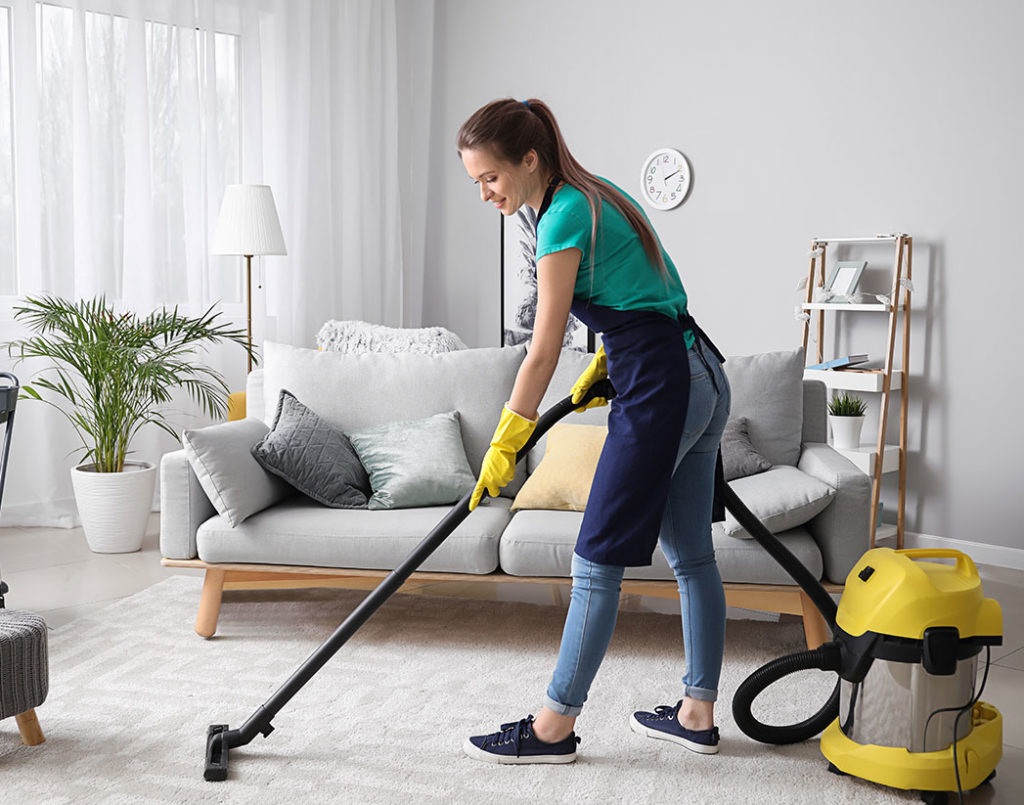The Best Tip to Everyday Cleaning: Just How to Scrub the Surfaces, Vacuum Carpets, and Clear Out Any Clutter
The Best Tip to Everyday Cleaning: Just How to Scrub the Surfaces, Vacuum Carpets, and Clear Out Any Clutter
Blog Article
Understanding the Requirement for Thoroughly Sanitizing and Disinfecting Often Touched Surface Areas in High-Traffic Areas
In the realm of public health and wellness and security, the careful sanitation and sanitization of often touched surfaces in high-traffic areas stand as paramount steps in avoiding the spread of hazardous microorganisms. By exploring the various elements of surface area disinfection, from the risks associated with neglecting cleansing procedures to the efficient methods that can be employed, a more clear understanding emerges of the vital duty these techniques play in securing public health and wellness.
Importance of Surface Area Sanitation
Emphasizing the thorough sanitation of high-traffic surfaces is essential in keeping a sanitary environment and protecting against the spread of dangerous microorganisms. High-touch surface areas such as door manages, light switches, lift buttons, and kitchen counters function as breeding premises for bacteria and infections. Normal disinfection of these surface areas is crucial to reduce the risk of contamination and transmission of ailments.
By carrying out a robust sanitation protocol, services and institutions can develop a safer atmosphere for site visitors, employees, and clients. Correct surface disinfection not just minimizes the spread of infectious illness yet also imparts self-confidence in the sanitation and safety of the facilities. This positive strategy demonstrates a commitment to wellness and health, which is particularly essential in high-traffic locations where the chance of direct exposure to pathogens is heightened.
Additionally, surface area sanitation plays an essential function in general infection control methods. Incorporated with hand health techniques, wearing masks, and maintaining physical distancing, comprehensive disinfection of high-touch surfaces develops an extensive defense against the transmission of damaging bacteria. Prioritizing surface disinfection is a vital element of an alternative method to health and wellness in common rooms.
Risks of Ignoring Cleansing Practices
Neglecting extensive disinfection of high-traffic surfaces significantly heightens the threat of microbial and viral contamination, presenting a serious risk to the health and wellness and safety of individuals frequenting these rooms. Failing to execute proper cleaning techniques can cause the build-up and spread of damaging pathogens, consisting of viruses and microorganisms, on often touched surfaces such as doorknobs, hand rails, elevator buttons, and kitchen counters.

In addition, overlooking the significance of comprehensive cleansing not just compromises the health of individuals but likewise undermines initiatives to preserve a hygienic and tidy environment. It is crucial to identify the importance of correct disinfection methods in stopping the spread of infections and protecting public wellness.
Efficient Sanitation Approaches
To maintain ideal cleanliness and minimize the risk of contamination on high-traffic surfaces, using efficient sanitation methods is crucial. One of one of the most common and effective sanitation methods is utilizing chemical anti-bacterials. These products can vary in toughness and composition, with some targeting certain pathogens like viruses or germs. It is crucial to comply with the supplier's instructions for appropriate dilution, call time, and ventilation when using chemical anti-bacterials to guarantee their performance - Vacuum Carpets.
An additional effective method is making use of UV-C light. UV-C light has been shown to be efficient in eliminating a large selection of microbes by interrupting their DNA framework, hence stopping them from reproducing. Nonetheless, it is important to utilize UV-C light effectively, ensuring that the appropriate strength and direct exposure time are used to achieve the desired disinfection results.
In addition, using heavy steam cleaning as a sanitation technique can be highly effective, especially on surface areas that are heat-resistant. Vapor can pass through porous surfaces and kill germs, viruses, and various other pathogens effectively. When making use of heavy steam cleaning, it is necessary to make certain that the surface gets to the needed temperature level for an adequate amount of time to assure correct sanitation.
Influence on Public Wellness
The upkeep of high criteria of tidiness and disinfection on high-traffic surfaces plays a vital function in guarding public health. Often touched surface areas in locations with high step, such as doorknobs, hand rails, lift buttons, and washroom facilities, act as reproducing premises for harmful pathogens. Falling short to properly sanitize these surfaces can lead to the fast spread of contagious conditions within neighborhoods. By implementing comprehensive sanitation procedures, the danger of transmission of viruses, bacteria, and various other bacteria can be dramatically decreased.
In high-traffic areas like airport terminals, schools, medical facilities, and public transportation next systems, the effect of strenuous disinfection actions can not be downplayed. Prioritizing the sanitization of regularly touched surface areas is an aggressive method to advertising public health and wellness and enhancing the security of individuals in shared spaces.
Carrying Out Regular Cleaning Methods
Immediately setting up and sticking to a constant schedule of cleansing methods is vital for maintaining the cleanliness and security of high-traffic surface areas. Regular cleaning procedures are crucial in preventing the buildup of bacteria and pathogens on frequently touched surface areas, especially in areas with high foot traffic. By executing a methodical approach to cleansing, organizations can properly lower the threat of illness transmission and produce a much healthier environment for employees, consumers, and the public.
To develop an efficient cleansing schedule, it is crucial to determine high-traffic locations that need frequent focus. These locations might consist of doorknobs, handrails, elevator buttons, washroom facilities, and shared devices. Applying a regular cleansing routine that targets these surface areas numerous times a day can significantly minimize the spread of dangerous microorganisms and infections.
In addition, making use of ideal cleaning representatives and disinfectants is crucial to making sure that surfaces are extensively sterilized. Routine training of cleansing personnel on correct cleansing strategies and the relevance of adherence to the cleansing timetable is also important in keeping a hygienic environment. By prioritizing constant cleansing protocols, companies can promote the health and wellness and wellness of individuals that engage with these high-traffic surface areas.

Final Thought
To conclude, it is critical to focus on complete sanitation and sanitization of frequently touched surfaces in high-traffic locations to avoid the spread of damaging pathogens and maintain public wellness. Ignoring correct cleaning practices can boost the danger of contamination and transmission of diseases. By implementing routine cleaning protocols and using efficient sanitation techniques, we can develop a safer setting for every person (Vacuum Carpets). It is crucial to identify the value of maintaining tidy surfaces in high-traffic locations to make certain the wellness of the area.
In the world of public wellness and safety and security, the thorough sanitation and sanitization of often touched surface areas in high-traffic locations stand as critical measures in preventing the spread of harmful microorganisms. By checking out the numerous facets here are the findings of surface area sanitation, from the risks linked with neglecting cleansing methods to the effective techniques that can be employed, a clearer understanding emerges of the crucial function these techniques play in securing public health.Furthermore, employing heavy steam cleaning as a sanitation approach can be highly efficient, especially on surfaces that are heat-resistant. When utilizing steam cleansing, it is crucial to guarantee that the surface gets to the called for temperature for a sufficient quantity of time to ensure appropriate sanitation.
In verdict, it is important to focus on why not check here extensive disinfection and sanitization of often touched surfaces in high-traffic locations to stop the spread of hazardous virus and maintain public wellness.
Report this page